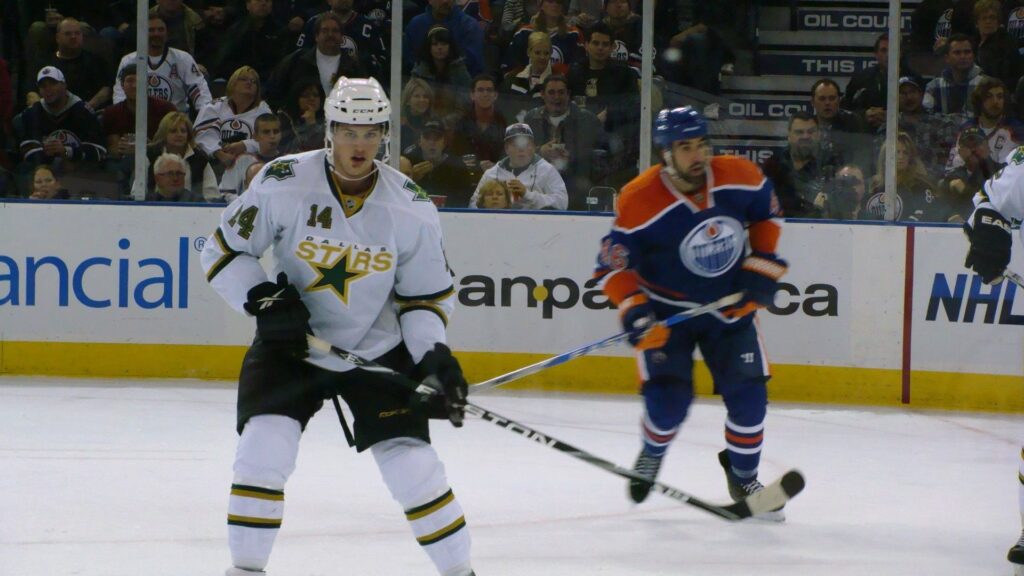
Table of Contents
ToggleHockey is a thrilling game that is loved by many around the world. It is a fast-paced sport that requires skill, agility, and endurance. One of the most commonly asked questions is, “How long is a hockey game?”
In this blog post, let’s take a closer look at the duration of a hockey game, including the regulation time, overtime periods, and other important details that will help you understand the game better.
A standard hockey game consists of three periods of 20 minutes each, for 60 minutes of playtime. There are two intermissions between the periods that are usually 15 minutes each. An average hockey game lasts around two and a half hours, including time for intermissions and TV commercials.
During these breaks, the players rest and strategize with their coaches. Between the second and third periods, there is often a brief entertainment break where the crowd is treated to performances or games.
During regulation time, if the game ends in a tie, the teams may play a sudden-death overtime period to determine the winner. This period typically lasts 5 minutes, but if neither team scores, additional periods can be played until a winner is determined.
However, no ties are allowed during playoff games, and sudden-death overtime periods can be played until one team scores and wins the game.
There are also commercial breaks and intermissions between the periods, which can add up to an additional 30 minutes to the overall game length. In total, a professional hockey game can last around 2 hours and 15 minutes to 2 hours and 30 minutes.
During playoff games, the intensity and pressure of the competition can lead to longer game times. This is especially true during sudden-death overtime periods, where the game continues until one team scores. In these situations, the game can last up to 20 minutes or even longer in rare cases.
Read in-depth about periods in hockey.

Other Recreational Hockey Games:
Recreational hockey games, such as those played at local rinks or in amateur leagues, can have slightly different game lengths depending on the specific rules and regulations of the league or tournament. Some leagues may only have two periods of 25 minutes each, while others may have three periods of 15 minutes each. Overall, a recreational hockey game can last anywhere from 45 minutes to 2 hours.
Game Start:
At the beginning of a hockey game, a ceremonial puck drop signifies the start of play. The first period begins, and the teams play for 20 minutes before taking a 15-minute intermission. After the intermission, the second period begins, followed by another 15-minute intermission. The third period starts, and the game continues until the final whistle.
Also read about National Women’s Hockey League
Hockey shoulder pads are also an essential part of protective hockey gear. They provide vital coverage and protection to your shoulders, chest, and upper back from checks, hits, and falls.
Shoulder pad fit is important: you want to ensure the padding fits snugly against your body for maximum protection.
They come in different sizes, so be sure to measure yourself before purchasing your protective gear. They are a must-have item for both ice and roller hockey players – it’s never too late to invest in some good quality protective equipment!
In the event that the game is tied at the end of regulation time, overtime periods will be played until a team scores. The length of each overtime period varies depending on the league and level of play.
For example, the overtime period in the NHL is 5 minutes long during the regular season. If the game is still tied after the first overtime period, another overtime period will be played, and so on, until a winner is determined.
In the playoffs, the length of the overtime period is the same, but sudden-death rules apply, indicating that the first team to score wins the game.

In some cases, a penalty shot may be awarded to a team during regulation time or overtime. A penalty shot is awarded to a player on the opposing team when he/she commits a penalty that denies a clear scoring opportunity.
During a penalty shot, the player taking the shot has a one-on-one opportunity against the opposing team’s goalie. If the player scores, their team is awarded a goal. If the goalie saves the shot, the game continues.
The size of the ice surface can also impact the length of a hockey game. Olympic-sized rinks, larger than NHL-sized rinks, can lead to longer game times as players have more room to skate and maneuver. Additionally, outdoor games, such as the NHL’s Winter Classic, can have longer game times due to the impact of weather conditions on the ice surface.
Here are some other important details to keep in mind when it comes to the duration of a hockey game:
Did you know that the longest NHL game in history was played in 1936 between the Detroit Red Wings and the Montreal Maroons? It lasted for 116 minutes and 30 seconds of overtime play.
Understanding hockey games’ duration and structure is essential for players and fans. It allows them to plan their time accordingly and fully immerse themselves in the excitement of the sport. Whether it’s a fast-paced NHL game or a thrilling recreational match, each hockey game offers its unique experience, contributing to the legacy of fan entertainment.
What level of player are you?
Share:
OrangeandBlackPack.com is a participant in the Amazon Services LLC Associates Program, an affiliate advertising program designed to provide a means for sites to earn advertising fees by advertising and linking to awin, amazon.com and affiliated websites. Amazon, the Amazon logo, AmazonSupply, and the AmazonSupply logo are trademarks of Amazon.com, Inc. or its affiliates.
Address: 2430 N 20th St, Philadelphia, PA 19132, USA
© 2024 Orange and Black Pack